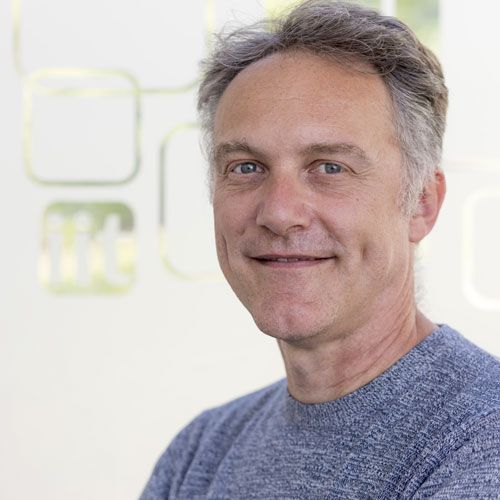
Mauro Gemmi
Project Coordinator
Mauro Gemmi is a physicist. He has got his PhD in physics from Bologna university with a thesis on "Crystal structure analysis by electron diffraction: strategies and applications" in 2000. Since 2001 he has worked in several electron microscopy labs in Europe (Stockholm University, Milan University, Institut Néel Grenoble) becoming one of the maximum experts in the application of electron diffraction to structure solution problems. Since the end of 2010 is responsible of the TEM laboratory of the Center of Nanotechnology Innovation@NEST a center of the Istituto Italiano di Tecnologia network in Pisa Italy. From august 2015 he has been appointed as coordinator of the center.
He has been among the first to extensively use precession electron diffraction for solving crystal structures and is now leading a TEM laboratory which is a reference center for 3D electron diffraction. His main research goal has always been to apply electron diffraction to structural problems in any field of crystallography. At the moment he is developing low dose 3D ED methods to investigate beam sensitive materials like organics, hybrid crystals and proteins. His scientific dream is to see electron diffractometers entering in every crystallographic lab.
From 2015 to 2018 he has been chairman of the SIG04 on Electron Crystallography of the European Crystallographic Association. He is member of the Italian Crystallography Association (AIC) and of the Mineralogical Society of America.
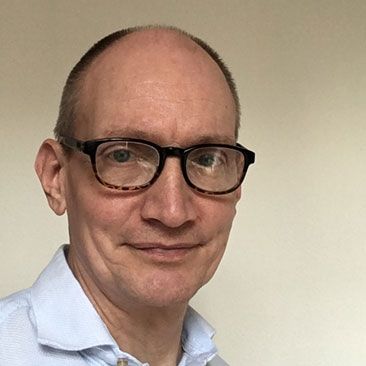
Jan Pieter Abrahams
Project Supervisor
I am a structural biologist at Basel University and the Paul Scherrer Institute. I love seeing the essential, dynamic molecular structures of life that nobody has seen before, in ways that nobody has tried before. For this purpose, I develop novel methods in high-resolution bioimaging and diffraction. This requires a truly multidisciplinary effort, which includes biology, electron microscopy, computation, chemistry, physics and engineering. This effort can only be successful if driven by enthusiastic teamwork. We achieved breakthroughs in electron nano-crystallography of radiation sensitive samples, by introducing novel quantum detectors and data collection protocols from X-ray crystallography. My team currently focuses on the analysis of dynamic protein structures using electron diffraction and electron imaging of nanocrystals and single molecules. Most recently, we established how damaged proteins are unravelled and cut to bits by the human mitochondrial Lon protease (a hexamer of about 1/2 million atoms). Our dynamical model is based on eight different structures that we determined using electron diffraction and imaging. We found to my delight that the mode of operation of Lon protease is similar to the rotational catalysis of mitochondrial ATP synthase, the structure of which I determined more than 25 years ago!
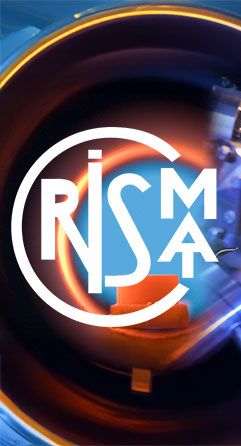
Philippe Boullay
Dr. Philippe Boullay studied chemistry at the University of Caen (France) where he obtained his PhD in Materials Chemistry in 1997. During his PhD at the Crystallography and Materials Science laboratory (CRISMAT), he worked on the synthesis and structural characterization of new transition metal oxides having modulated structures. He spent about two years as a postdoctoral fellow in the Inorganic Chemistry Department at the University of Stockholm and in the Electron Microscopy for Materials Research laboratory (EMAT) at the University of Antwerp. In 1999, he got a CNRS research position at the Science of Ceramic Processing and Surface Treatments (SPCTS) laboratory in Limoges where he studied structural characterization and phase transitions in ferroelectric materials. In 2006, he joined the CRISMAT laboratory in Caen where he promoted and developed the use of electron crystallography, including precession electron diffraction and electron powder diffraction, for the structural analysis of functional materials (oxides and oxide thin-films) and incommensurate modulated phases. Dr. Boullay is now CNRS research director.
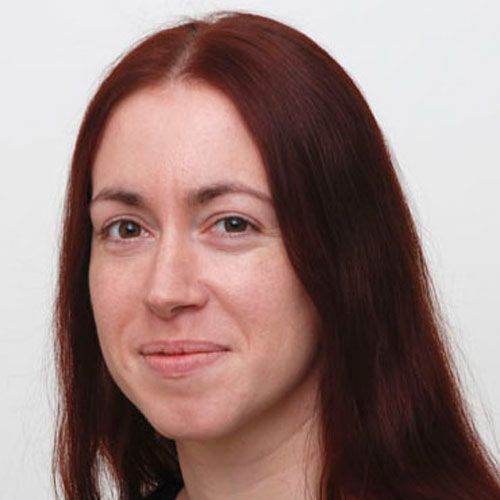
Joke Hadermann
Prof. Dr. Joke Hadermann is a professor at the University of Antwerp since 2002 and a member of the research group EMAT (Electron Microscopy for Materials Science). She did a postdoc at CRISMAT (CNRS Caen, France). Joke is co-editor of the IUCr journal Acta Crystallographica B: Structural Science, of MDPI Batteries and of SpringerBriefs in Crystallography. She is a member of the IUCr Commission on Mathematical and Theoretical Crystallography. Her research is focussed on the structural characterization of materials at atomic scale, combining high resolution imaging techniques (HRTEM, HAADF-STEM, ABF-STEM), high resolution spectroscopic techniques (HR-EDX, HR-EELS) and 3DED. Within the EMAT research group, her trademark expertise are the advanced applications of electron diffraction for solving and refining the crystalline structures of new compounds. Currently, the focus of her team is on initiating and optimizing the possibility to track crystal structure evolution during in situ experiments in gas and electrochemical reactions, as well as on using quantified diffuse scattering for characterizing short range order. The team usually works on inorganic materials, most often perovskites or lithium ion battery cathode compounds.
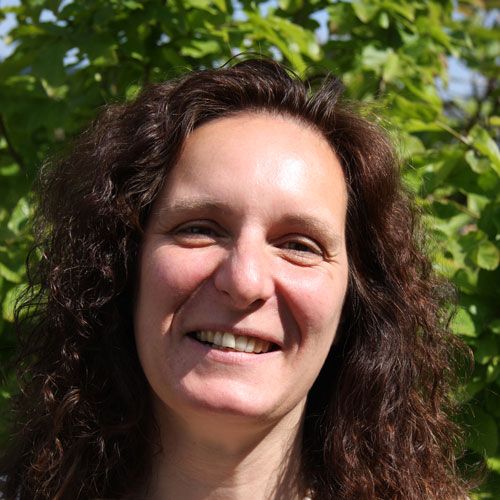
Ute Kolb
Ute Kolb studied chemistry, received her PhD at the Johannes Gutenberg-University Mainz with a focus on a variety of topics (X-ray scattering, crystal growth, computer simulation, modeling) and switched during her Postdoc time to electron microscopy with a focus on electron crystallography. In 1997 she started her habilitation with the aim to develop a reliable method for structure analysis using electron diffraction. She is head of the "Centre for high resolution electron microscopy Mainz" (EMZ-M) at the University of Mainz and since 2012 appointed as Professor for Electron Crystallography at the Technical University Darmstadt. In 2007 the method for automated diffraction tomography (ADT), developed in her group, proved suitable to solve "ab initio" crystal structures from nano particles of a wide range of materials and developed until today into a widely recognized 3D ED method on the brink of routine use. For this development she received in 2020 the Gjønnes medal together with Sven Hovmöller from the commission on electron crystallography (CEC) of the International Union of Crystallography (IUCr). Throughout the years she was active for different associations like ECA(SIG4), IUCr(CEC) and is now chair of the National Committee of the DGK. Additionally, she was teaching in international courses and organized Schools on Electron crystallography like 2011 in Erice, Sicily and 2014 in Darmstadt, Germany.
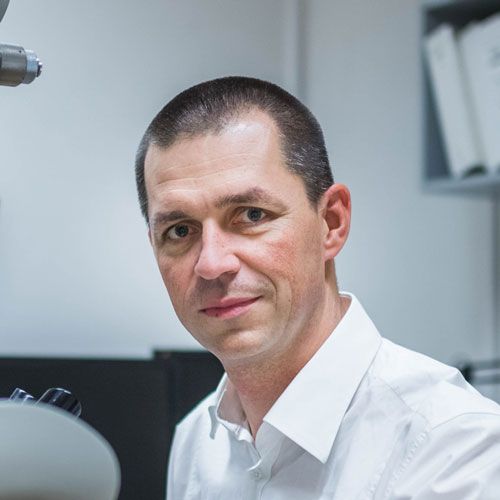
Lukas Palatinus
Lukas Palatinus studied mineralogy and geochemistry at the Charles University in Prague. During his PhD. At the University Bayreuth, Germany he focused on the crystallographic analysis of modulated structures. Later, during the post-doc stay at the EPFL, Lausanne, Switzerland, he developed the program Superflip for the solution of the crystallographic phase problem for periodic and aperiodic crystals, using the iterative dual space algorithms.
Since 2009, Dr. Palatinus is the head of the group of electron crystallography at the Institute of Physics of the Czech Academy of Sciences in Prague. He and his co-workers are developing methods for crystal structure analysis from electron diffraction data, with the main focus is on the structure refinement from 3D electron diffraction using the dynamical diffraction theory.
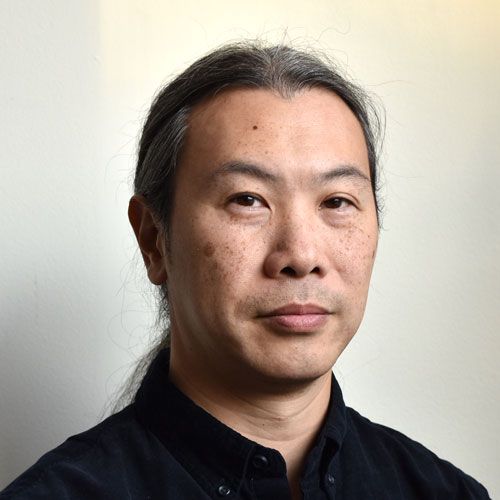
Cheuk-Wai Tai
Cheuk-Wai Tai is a Researcher at the Department of Materials and Environmental Chemistry, Stockholm University since 2009. He obtained a BSc in engineering physics at The Hong Kong Polytechnic University, Hong Kong in 1997 and then a MSc in theoretical physics at The Chinese University of Hong Kong in 1998. His first research topic was in econophysics. During his MPhil and PhD study at The Hong Kong Polytechnic University from 1998 to 2004, he focused on fabrication and characterization of Pb-based and Pb-free ferroelectric oxides. After working as a postdoctoral researcher for two years, he joined Tel Aviv University, Israel in 2007 as a postdoctoral fellow supported by Marie Curie Host Fellowship for transfer of knowledge. The project was a collaboration between Tel Aviv University and Dresden University of Technology, Germany, and focused on the application of off-axis electron holography.
His research interest is to understand the structure-property relationship of functional materials. Current research activities in his group focus on electron microscopy and spectroscopy applications and method development, including electron-based pair distribution function (ePDF), 3D diffuse scattering, 4D-STEM, and momentum-resolved EELS. Cheuk-Wai has published over 130 papers. Besides research, Cheuk-Wai serves as associate editor of the Journal of Electronic Materials and editorial board member of MDPI Molecules. He was elected as Fellow of the Royal Microscopical Society, U. K. and Senior member of The Institution of Electrical and Electronic Engineers (IEEE), U.S.A.

Hongyi Xu
After completing a Bachelor of Engineering degree at the University of Queensland, Hongyi went on to pursue a PhD degree in materials engineering, specialized in electron microscopy and semiconductor nano-materials. The Australian Government sponsored his PhD study through the Australian Postgraduate Award program. He obtained his PhD degree at UQ in Dec 2013, and received the Dean’s commendation for academic excellence as well as the best thesis of the year award from the School of Mechanical and Mining Engineering. In Feb. 2014, Hongyi started his postdoc fellowship (Wenner-Gren Foundation postdoc award) in Prof. Xiaodong Zou’s group at Stockholm University. In 2015, he initiated the development of 3DED/MicroED (3D electron diffraction technique for studying biomolecules) at Zou’s group. Hongyi became a independent principal investigator in 2018 to further develop and apply electron crystallography methods to study structures of biomolecules. Recently, Hongyi and colleagues solved the first new protein structure using 3DED/MicroED. He is now working as a researcher at Stockholm University.
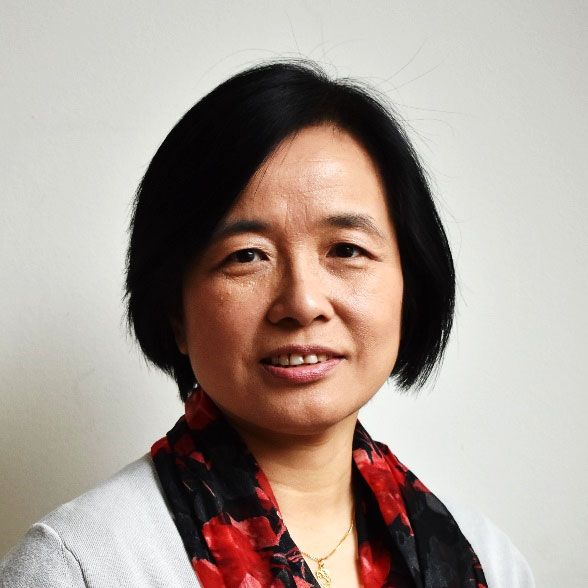
Xiaodong Zou
Xiaodong Zou is a full professor and deputy head of the Department of Materials and Environmental Chemistry, Stockholm University. She received her B.Sc. in Physics at Peking University in 1984, and Ph.D. in structural chemistry at Stockholm University in 1995. She joined the faculty at Stockholm University in 1996 and became professor 2005. Her research interests have been developments of electron crystallographic methods and design of novel porous materials. Her group has developed several image and diffraction-based methods and software for accurate atomic structure determination of unknown crystals, and solved many complex structures including zeolites, metal-organic frameworks, organic compounds and proteins. She has received several prestigious awards given by the Royal Swedish Academy of Sciences. She is an elected member of the Royal Swedish Academy of Sciences (KVA), member of the Royal Swedish Academy of Engineering Sciences (IVA), Fellow of the Royal Chemical Society (FRCS) and council member of the International Zeolite Association. She has published over 300 papers and has an h-index of 61.
